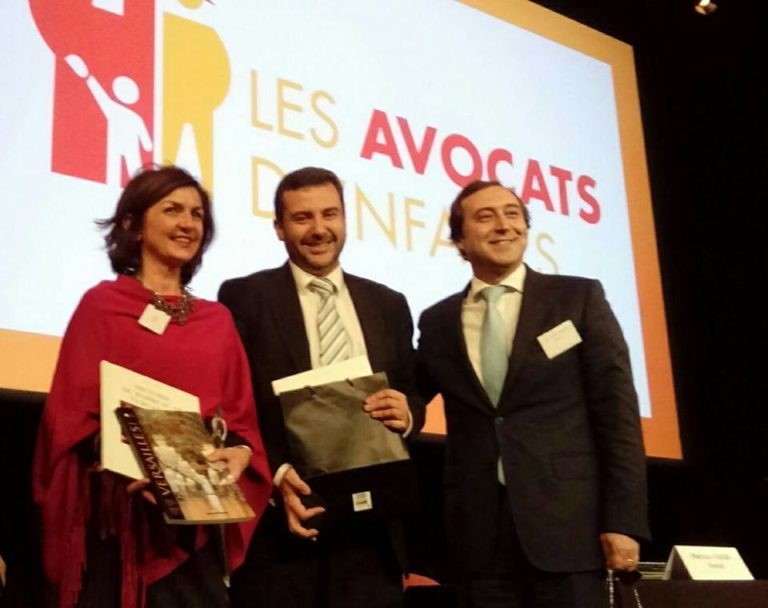A collaborative divorce occurs when spouses are able to work out an agreement with going to divorce court. Divorcing spouses have to decide how they want to proceed and whether they are going to need help from attorneys, mediators and other divorce professionals.
Some couples end up in a lengthy, high conflict situation with attorneys representing both sides and trying to get everything they can get.
While, others will be able to agree on how to divide property and share custody of there are children. They might only need help in preparing the legal paperwork to finalize the divorce. Many couples fall in the middle and will need the help of a mediator to come to an agreement on a final settlement.
How Does The Collaborative Process Work? Collaborative divorce is a process in which you and your spouse negotiate an acceptable agreement with some professional help. You and your spouse each hire a specially trained collaborative attorney who advises and assists you in negotiating a settlement agreement.
You meet separately with your own attorney and the four of you meet together on a regular basis. A collaborative divorce may also involve other professionals, such as child custody specialist or accountants.
Normally, both spouses and their attorneys sign an agreement that requires the attorneys to withdraw from the case if a settlement is not reached and the case goes to court.
Most collaborative divorce attorneys will not represent you if you end up in divorce court. You will have to find a more adversarial attorney.
If you are able to come to an agreement you will eventually have contact with a family court judge so he/she can sign the agreement. Through collaboration, you can keep that contact brief and manageable. Once an agreement is reached on all issues, the legal part of the divorce is a simple, uncontested procedure that doesn’t require a trial or litigious hearings on points of evidence and pretrial maneuvers such as interrogatories and disclosure.
How does Collaborative Divorce Help?
Collaboration can cut down on the conflict and expense of divorce five ways.
You and your spouse can stabilize your situation through a temporary agreement; exchange all necessary information voluntarily; agree on legal procedures that cut down expense and simplify the process; negotiate a settlement that works for you both; come to an agreement on how post-divorce issue will be handled.
Whether you use the collaborative approach from the beginning of your divorce or for only part of it, you will save money and time. Most importantly, you will get through the divorce process with your dignity and moral standards intact.
Un Divorzio Collaborativo si verifica quando i coniugi sono in grado di stipulare un accordo nell’ambito della loro separazione di coppia, che si sia coniugati o coppia di fatto. Le parti devono decidere come vogliono procedere e decidere se avranno bisogno di avvocati, mediatori e altri professionisti.
Molte coppie si trovano coinvolte in lunghe e aspre situazioni di conflitto, in contrapposizione e con i rispettivi legali che, nella logica di tutelare la posizione della propria parte, assecondano ogni loro pretesa. Altre saranno in grado di concordare come dividere le proprietà comuni e pianificare l’affidamento dei bambini e le modalità di frequentazione ma potrebbero aver bisogno di aiuto per preparare il ricorso per ottenere la sentenza di separazione o divorzio, o i provvedimenti concernenti i figli. Altre ancora scopriranno di aver bisogno di un mediatore per raggiungere un accordo definitivo.
Come funziona il processo collaborativo?
Il Divorzio Collaborativo è un processo in cui tu e il tuo partner negoziate un accordo con un aiuto professionale, assumendo entrambi ciascuno un avvocato Collaborativo appositamente formato a questa metodologia. Ci si incontra separatamente con il proprio avvocato e poi regolarmente in riunioni a quattro.
Un Divorzio Collaborativo può coinvolgere anche altri professionisti, per esempio specialisti psicologi dell’età evolutiva o commercialisti, esperti contabili.
Normalmente entrambi i coniugi e i loro avvocati firmano un accordo preliminare che impone agli avvocati di rinunziare al mandato nel caso di mancato raggiungimento di un accordo, senza la possibilità di assistere la parte anche in tribunale.
In questo caso il cliente dovrà trovare un avvocato per la fase contenziosa.
Se sei in grado di raggiungere un accordo, il contatto che dovrai avere con il giudice, allo scopo di dare efficacia legale alla transazione raggiunta, sarà breve e gestibile serenamente.
Una volta raggiunto un accordo su tutte le questioni, la procedura davanti al tribunale è snella e senza contestazioni.
1 marzo 2018 Olga Anastasi © Tutti i diritti riservati
#collaborative #collaborativelaw #divorce #collaborativedivorce #italy #familylaw #familylawitaly #collaborativepractice #practice #negotiation #participationagreement #separazione #divorzio #opzioni #options #negoziazione #negoziazioneassistita




